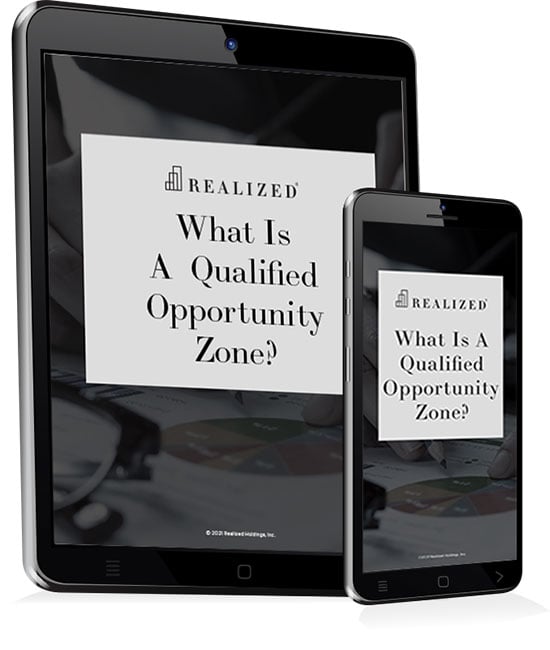With the adoption of a 31-month working capital safe harbor for Qualified Opportunity Fund investments in Qualified Opportunity Zone Businesses that acquire, develop, or renovate a business property in a QOZ, QOFs now have an ample amount of time to deploy capital responsibly without being disqualified as a QOZB. In order to qualify as a working capital safe harbor, a QOF must have a written plan outlining the projected uses of capital to develop a business in a QOZ or acquire, develop, or renovate a property located in a QOZ.
The Prior Proposed Regulations adopted a 31-month working capital safe harbor for QOF investments in QOZBs that acquire, construct, or rehabilitate tangible business property in a QOZ. The safe harbor allows a QOF, in determining whether an entity in which it has invested is a QOZB, to treat the entity’s cash, cash equivalents, and short-term debt instruments as a “reasonable” amount of working capital so that the entity is not disqualified from being a QOZB due to it being cash-rich, so long as: there is a written plan that identifies the working capital as held for the acquisition, construction, or substantial improvement of tangible property in a QOZ; there is a written schedule consistent with the ordinary start-up of a trade or business for the expenditure of the working capital assets within 31 months of the receipt by the business of the assets; and the business substantially complies with the schedule.
The Proposed Regulations make two changes to the application of the working capital safe harbor. First, a QOZB may utilize the working capital safe harbor if it has a written plan to use some or all of its financial assets (i) to develop a trade or business in the QOZ, or (ii) as was required by the Prior Proposed Regulations, for the acquisition, construction, and/or substantial improvement of tangible property. Consequently, the working capital safe harbor now provides flexibility to designate cash for use in business development activities rather than solely for tangible asset acquisition, construction and improvement costs.
Second, the Proposed Regulations clarify that a QOZB that ultimately needs more than 31 months to comply with the written plan does not lose the benefit of the safe harbor if the delay is attributable to waiting for government action — the application for which is completed during the 31-month period. The Proposed Regulations do not state that delays in government action are the only acceptable excuse for failure to comply with a 31-month plan. While this provision is useful, in that it expressly allows the 31-month period to be exceeded in certain cases, it leaves open the question of whether relief is available in situations where that period is exceeded due to other circumstances outside of the QOZB’s control (such as unanticipated construction delays or force majeure events).
It remains the case, however, that whenever the 31-month period is exceeded despite the good faith efforts of the QOZB to comply with a reasonable, written 31-month plan, the QOZB may not be treated as violating the safe harbor, so long as its progress “substantially complies” with such plan. Furthermore, the government may provide additional guidance in the coming months regarding the “substantial compliance” standard that will allow greater certainty for QOFs that are relying on the working capital safe harbor.
The Proposed Regulations also clarify that a single QOZB can utilize multiple overlapping or sequential 31-month safe harbor periods, provided that for each such period, the QOZB satisfies all of the requirements that would apply if such period were the only one utilized by the QOZB. This clarification provides certainty to QOFs pursuing certain multi-phase real estate development projects that may have been concerned that each QOZB could utilize only one 31-month safe harbor period during the term of such QOZB’s existence.



